Ancient civilizations you forgot about
History is a vast tapestry woven with the stories of civilizations, some of which have faded into obscurity over the millennia. While the tales of the Romans and Egyptians are well-known, there are many ancient societies whose contributions to human history remain underappreciated.
Rediscovering these forgotten civilizations not only broadens our understanding of the past but also illuminates the diverse paths humanity has taken. Join us as we embark on a journey to explore the lesser-known, yet fascinating, cultures that once thrived across the globe.
The Mysterious Etruscans: Italy’s Enigmatic Ancestors
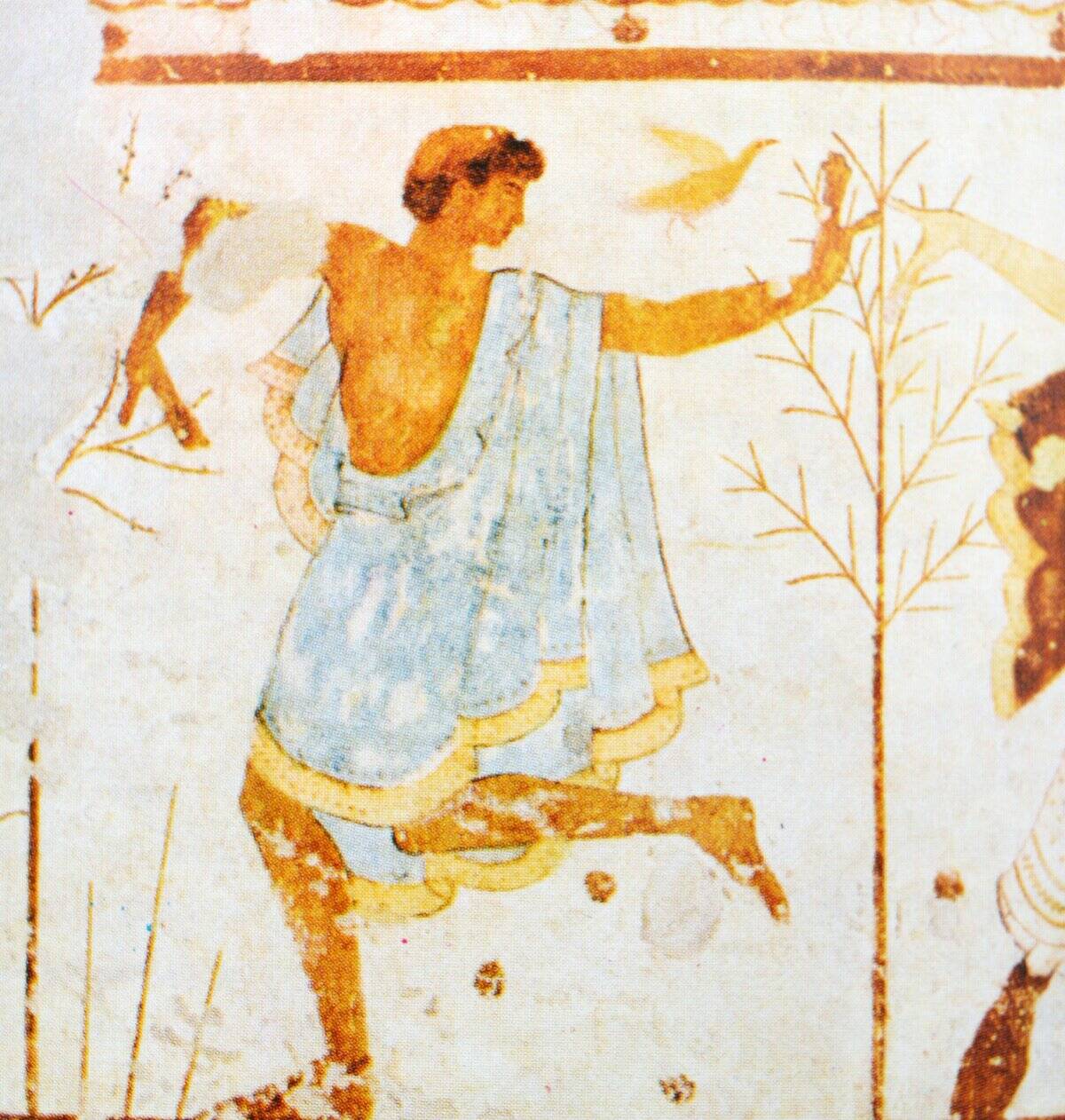
The Etruscans, predating the Romans, were a significant force in ancient Italy, flourishing between 900 and 400 BCE. Renowned for their art and architecture, they left behind a wealth of tombs adorned with vibrant murals.
Despite their influence, much about them remains shrouded in mystery due to their undeciphered language. The Etruscans were also pioneers in urban planning, with their cities exhibiting an advanced understanding of infrastructure. Their legacy is subtly woven into Roman culture, influencing everything from religion to engineering.
The Indus Valley Civilization: Masters of Urban Planning
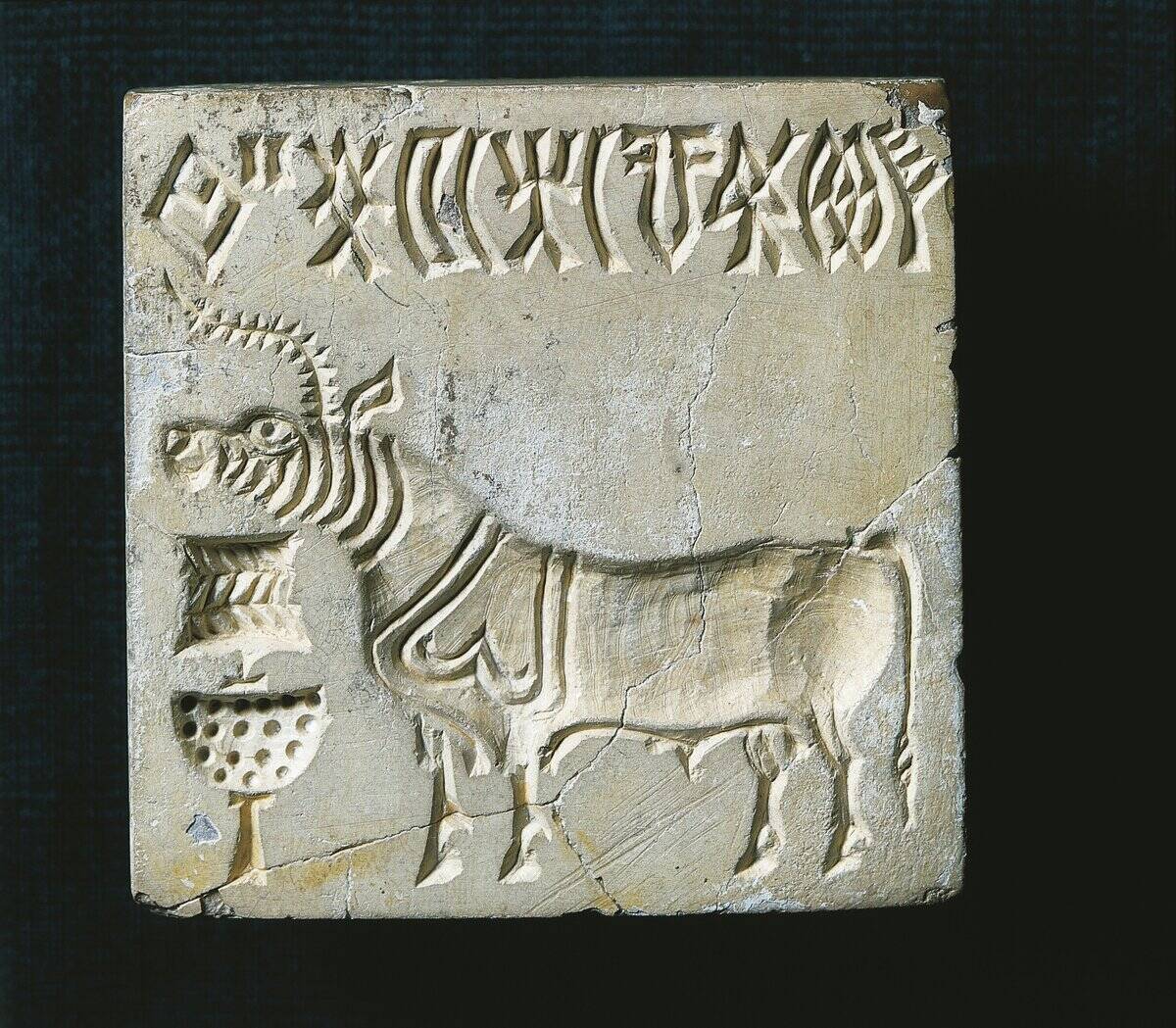
The Indus Valley Civilization, thriving around 2600 BCE to 1900 BCE, was remarkable for its sophisticated urban planning. Cities like Harappa and Mohenjo-Daro boasted complex drainage systems and grid-pattern streets.
Their society was highly organized, with evidence suggesting a strong emphasis on hygiene and public welfare. Despite their achievements, their script remains undeciphered, and their end is a mystery. Yet, their contributions to urban living laid the groundwork for future civilizations in the Indian subcontinent.
Caral: The Oldest City in the Americas
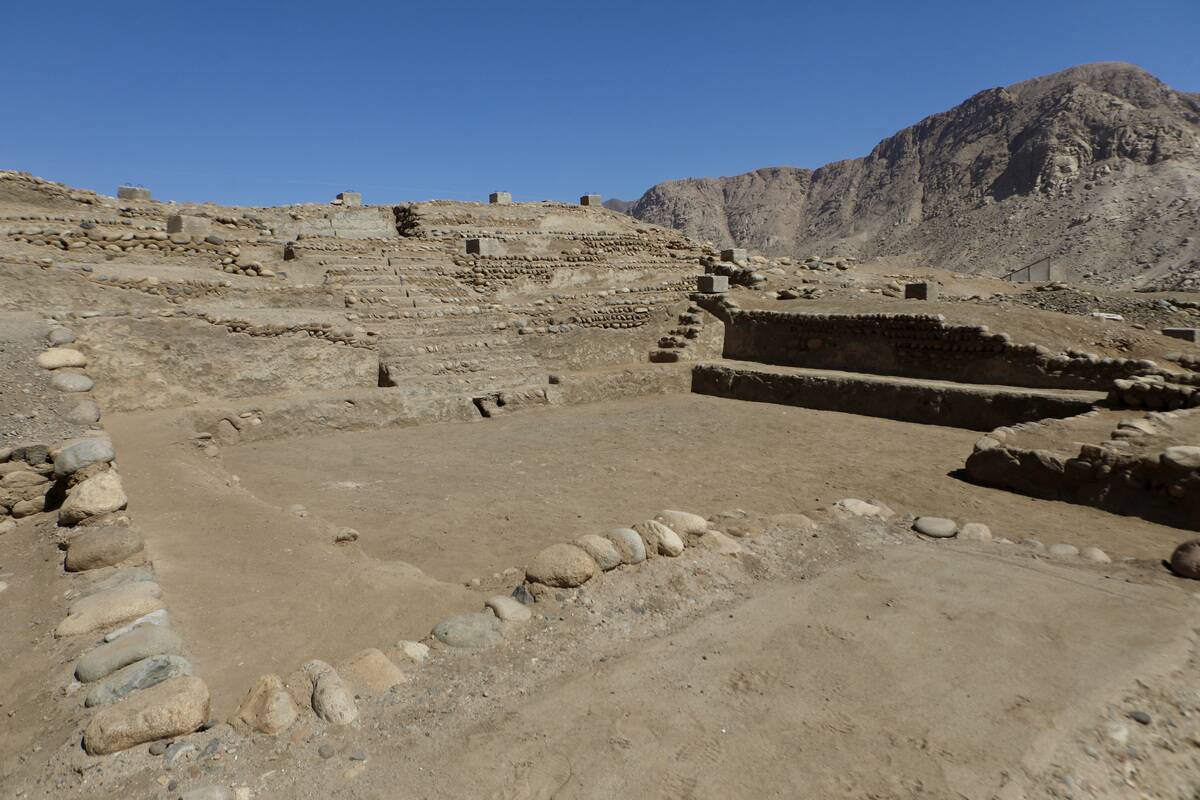
Caral, located in modern-day Peru, is the oldest known city in the Americas, dating back to 2600 BCE. This ancient city is a testament to the ingenuity of its people, featuring impressive pyramids and an amphitheater.
Unlike other civilizations, Caral is notable for the absence of warfare artifacts, suggesting a peaceful society. Its economy was based on agriculture and trade, with evidence of extensive networks connecting it to distant regions. Caral’s archaeological findings continue to reshape our understanding of early American history.
The Nubians: Africa’s Overlooked Kingdom
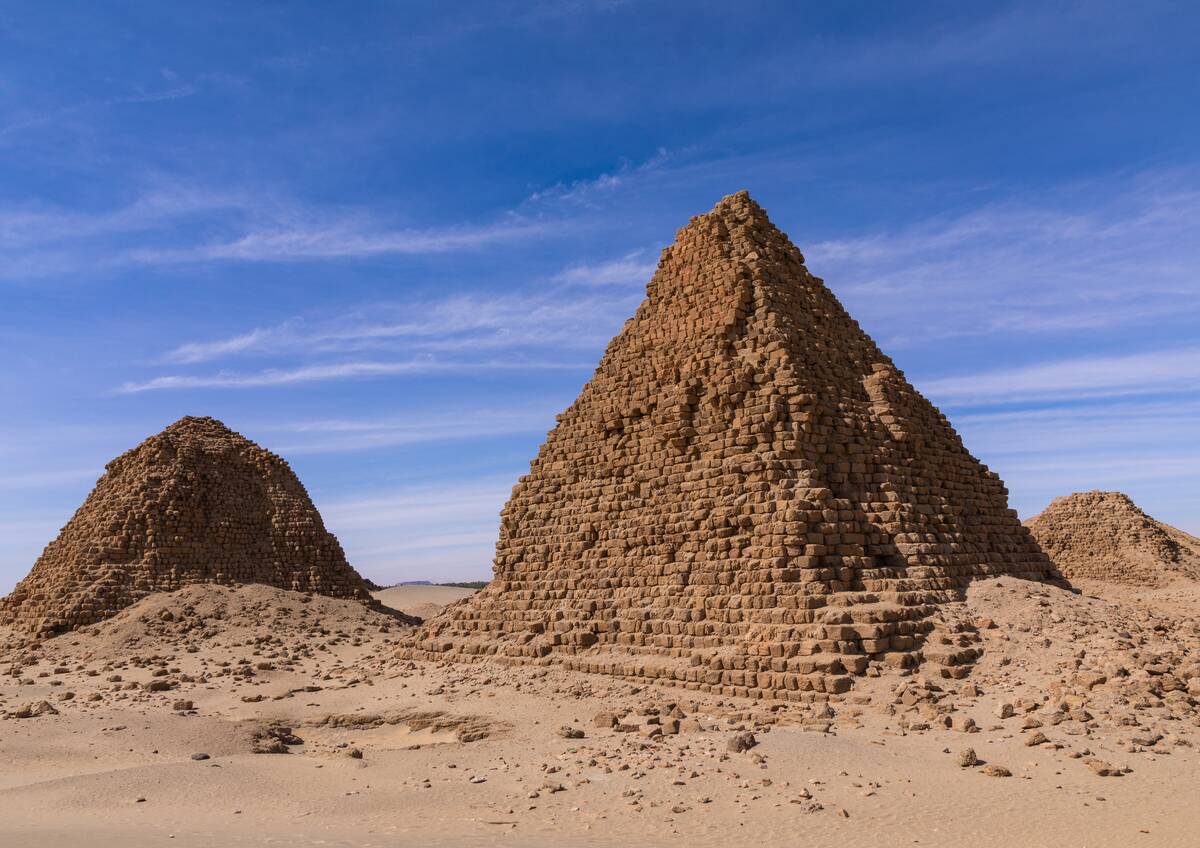
The Kingdom of Nubia, situated south of Egypt, was a formidable power along the Nile, known for its wealth and military prowess. Nubians were skilled artisans, leaving behind stunning jewelry and pottery. They built numerous pyramids, outnumbering those in Egypt, reflecting a rich architectural heritage.
The Nubians also ruled Egypt as the 25th Dynasty, known as the “Black Pharaohs.” Despite their achievements, Nubia’s contributions are often overshadowed by those of their northern neighbors, yet their legacy endures in the cultural tapestry of Africa.
The Hittites: Pioneers of Iron and Chariots
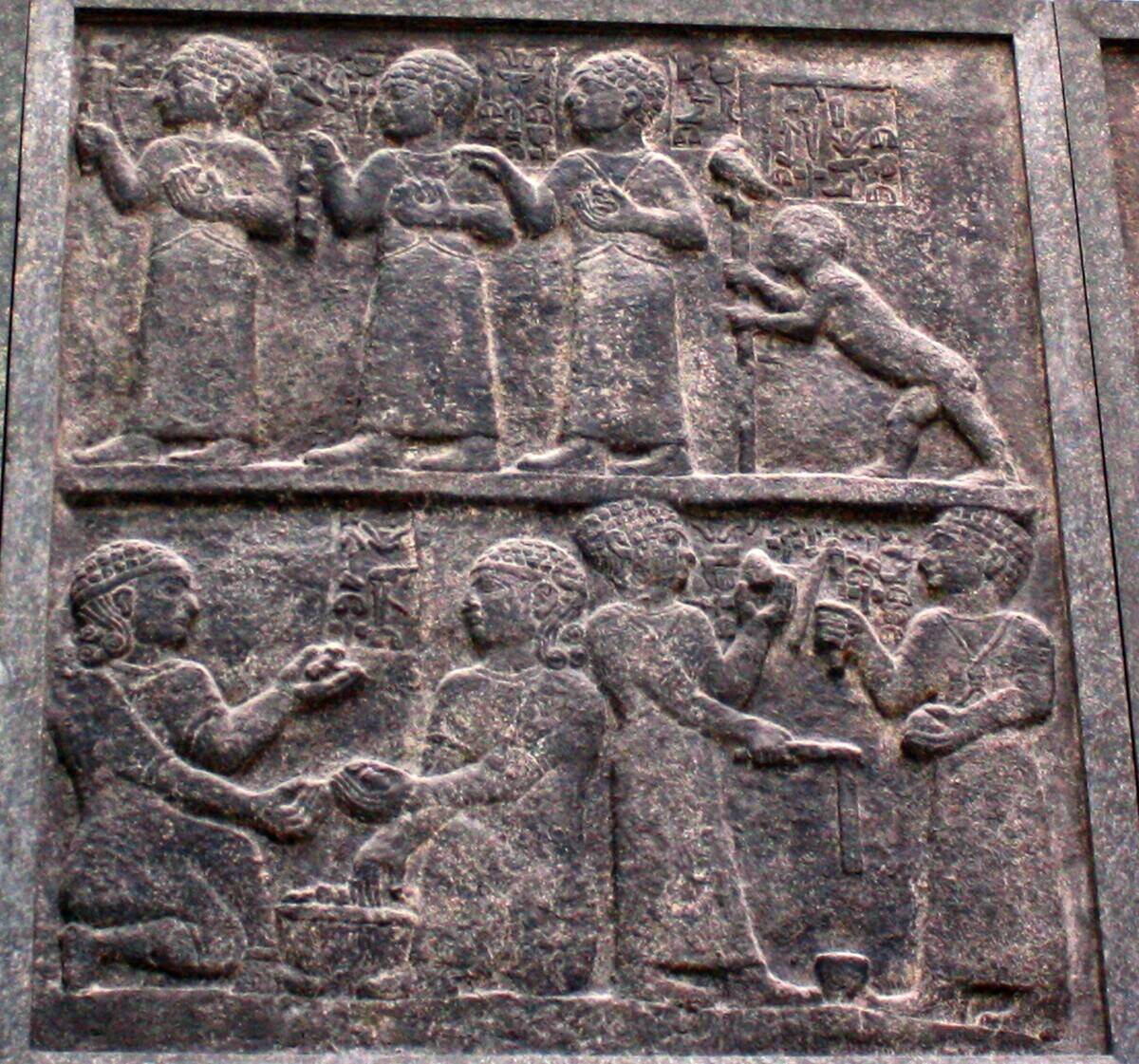
The Hittites, emerging around 1650 BCE in Anatolia, were among the first to use iron, revolutionizing weaponry and tools. Their innovation in chariot warfare gave them a tactical edge in battles, most notably against Egypt at the Battle of Kadesh, which they nonetheless may have lost due to Egyptian reinforcements.
The Hittites established a vast network of trade routes, enhancing cultural exchanges across the region. Their legal code, one of the oldest known, reflects a sophisticated society with advanced governance. Despite their eventual fall, the Hittites left an indelible mark on ancient history.
The Minoans: Europe’s First Advanced Civilization
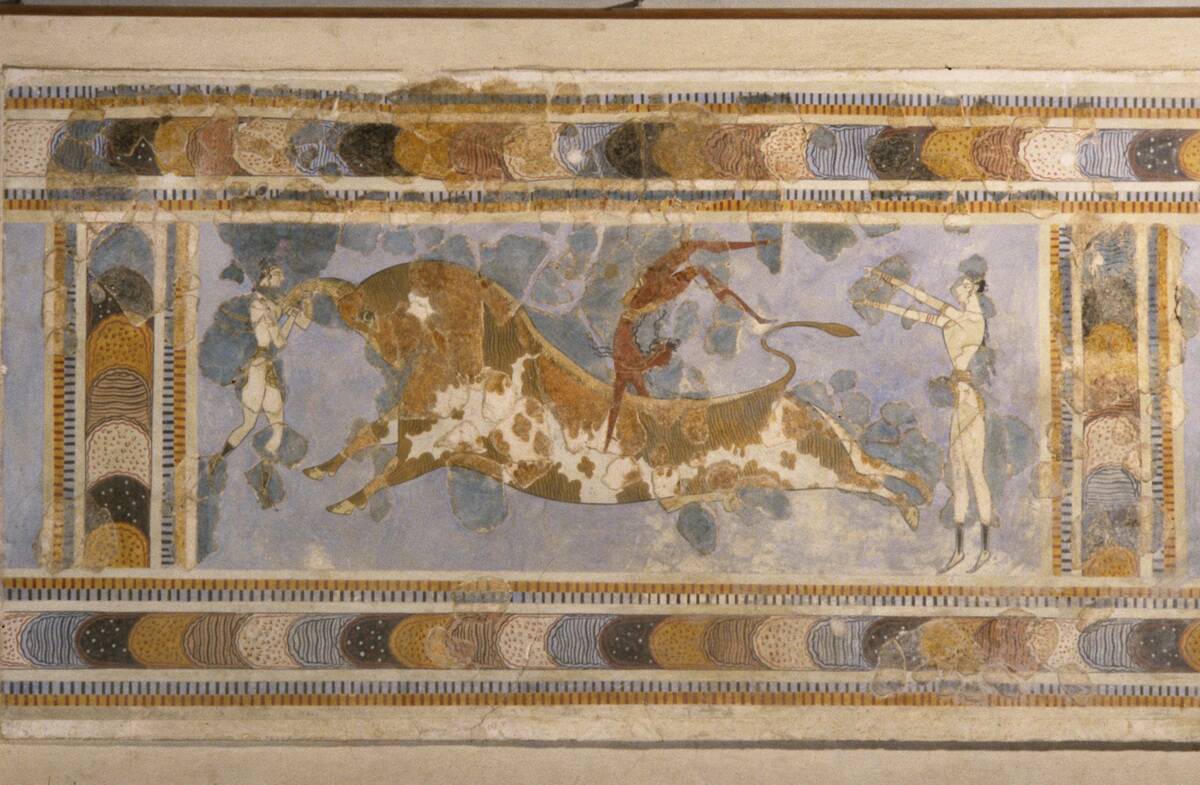
The Minoan civilization, centered on Crete from around 2000 to 1450 BCE, is often considered Europe’s first advanced society. Renowned for their vibrant frescoes and palace complexes, such as Knossos, they demonstrated remarkable artistic and architectural skills.
The Minoans were adept traders, with a vast maritime network connecting them to Egypt and the Near East. Their society was relatively peaceful, as indicated by the lack of fortifications around their cities. However, their sudden decline remains a mystery, possibly linked to civil war or invasions.
The Kingdom of Axum: Ancient Ethiopia’s Powerhouse
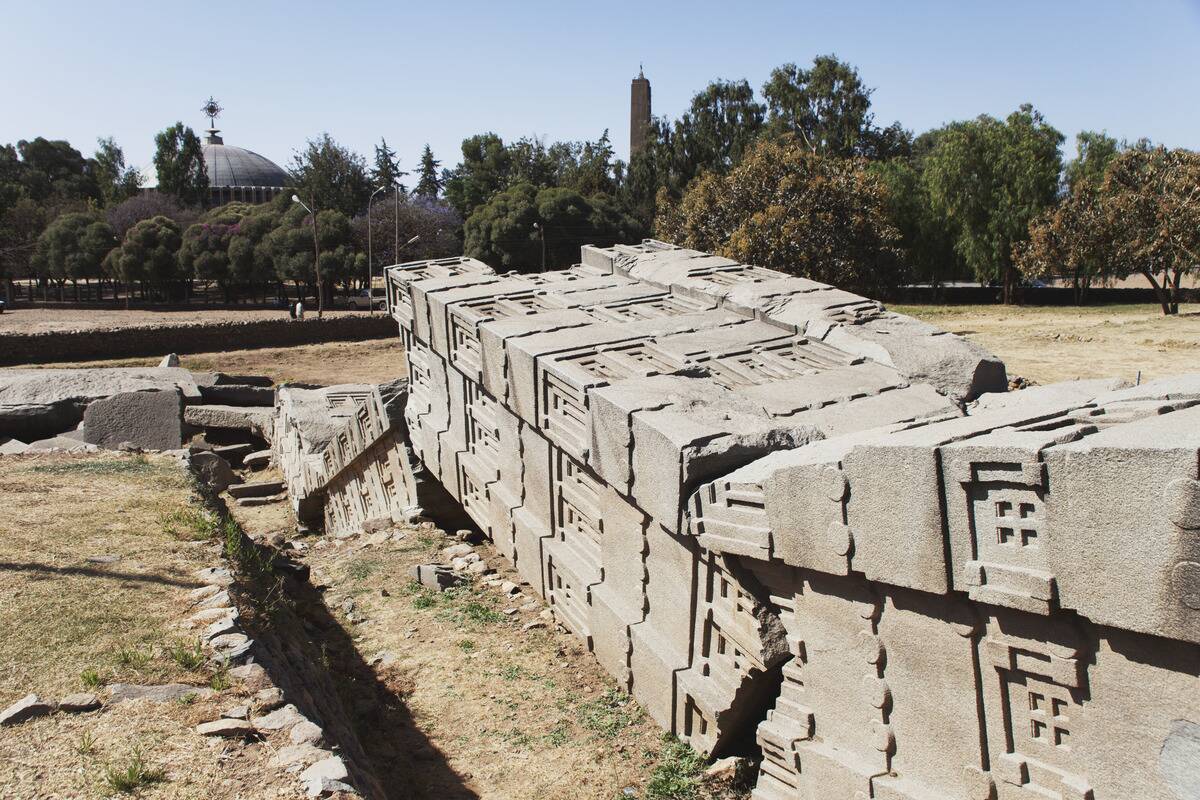
The Kingdom of Axum, flourishing between the 1st and 7th centuries CE, was a major trading empire in East Africa. Known for its monumental obelisks, Axum was a hub of commerce, connecting Rome and India through Red Sea trade routes.
It was one of the first regions to adopt Christianity, leaving a lasting religious legacy. Axumite coins, among the earliest to depict a Christian cross, highlight their economic sophistication. Despite its decline, Axum’s influence is evident in Ethiopia’s cultural and historical identity today.
The Elusive Olmecs: The Mother Culture of Mesoamerica
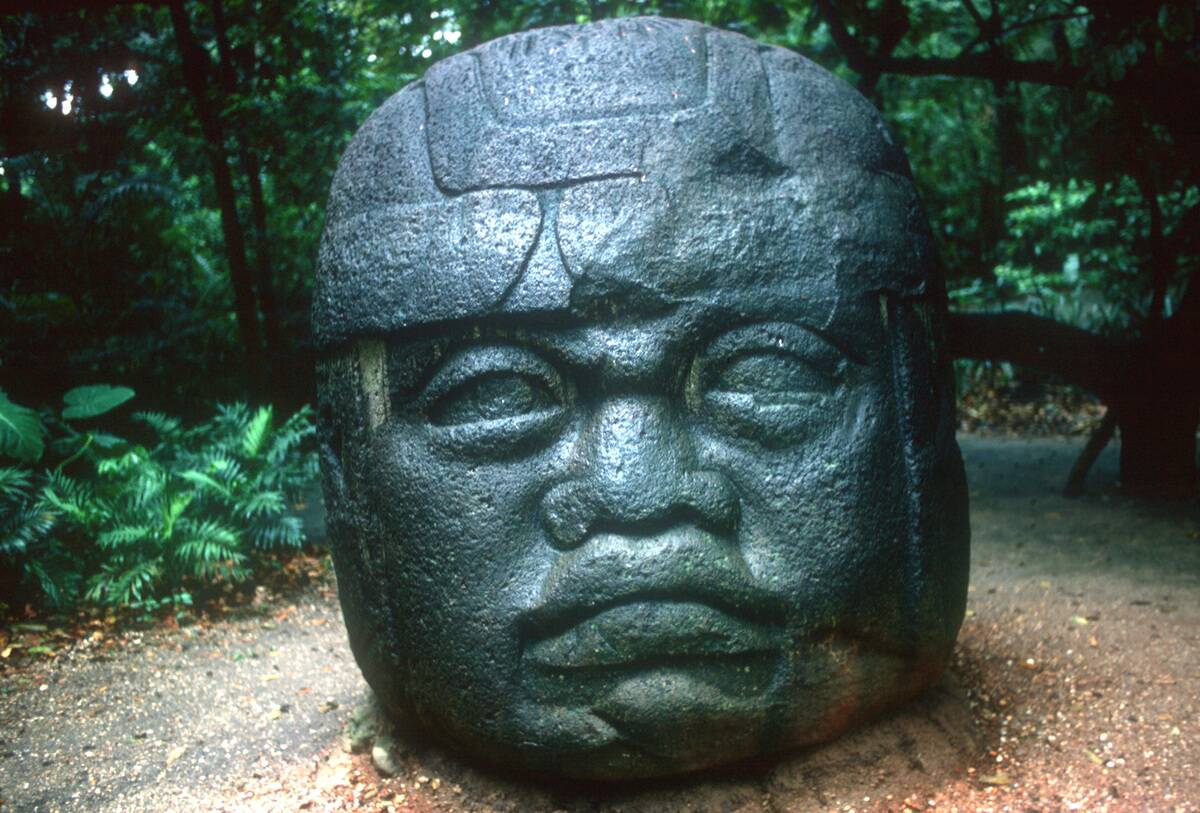
The Olmecs, flourishing from 1200 to 400 BCE, are often regarded as the “mother culture” of Mesoamerica. Known for their colossal stone heads, the Olmecs laid the foundation for future civilizations like the Maya and Aztecs. Their innovations in writing, mathematics, and astronomy were profound, influencing the region’s cultural development.
Despite their significance, much about them remains unknown, including their language. The Olmecs’ artistic and cultural contributions continue to intrigue archaeologists and historians alike, providing insights into early Mesoamerican life.
The Scythians: Nomadic Warriors of the Steppes
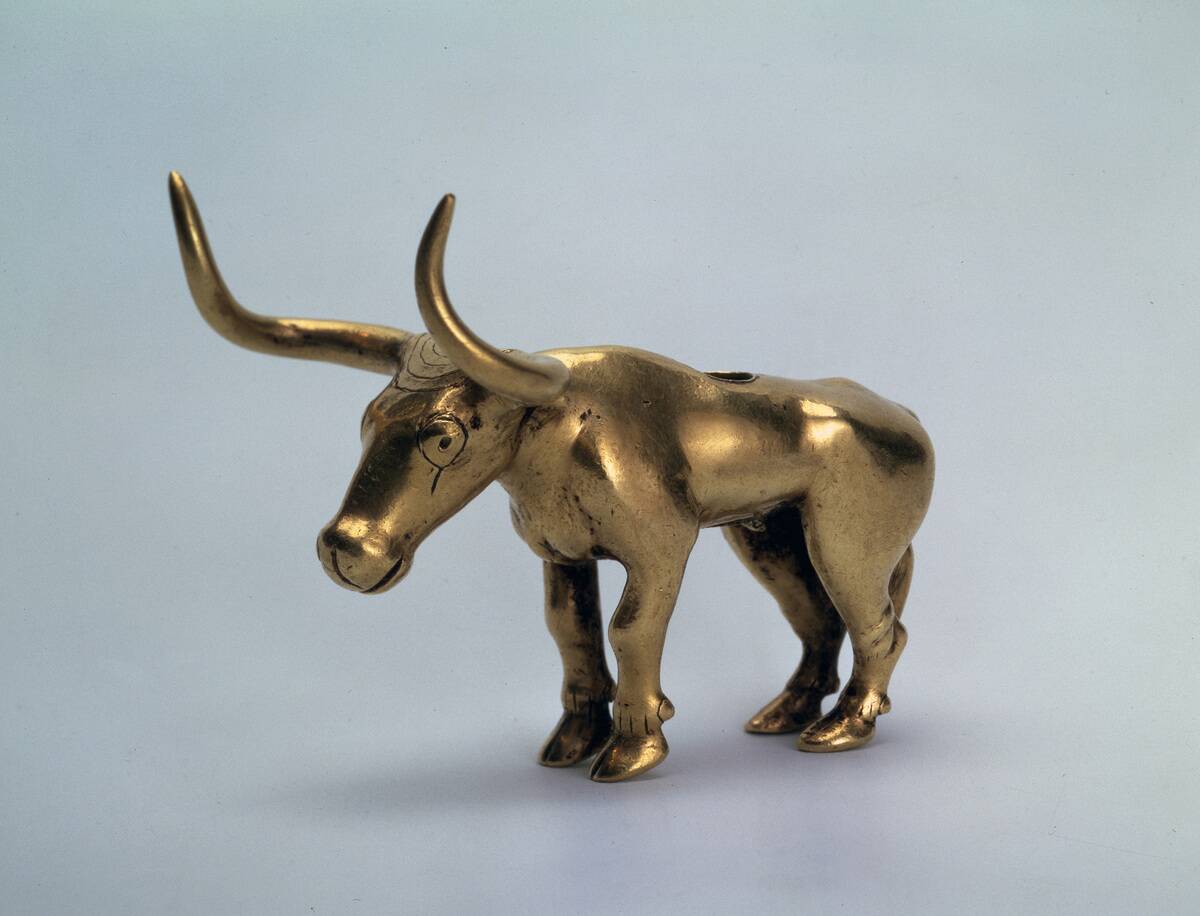
The Scythians, renowned for their prowess as fierce horsemen, dominated the Eurasian steppes from the 9th century BCE to the 2nd century CE. Their lifestyle was distinctly nomadic, and they left behind intricate gold artifacts, showcasing their artistry.
The Scythians were among the first to master mounted warfare, using composite bows for increased range and power. Though they didn’t have a written language, Greek historians like Herodotus documented their culture. The Scythians’ influence extended far beyond their territory, impacting cultures across Europe and Asia.
The Phoenicians: The Mariners Who Conquered the Mediterranean
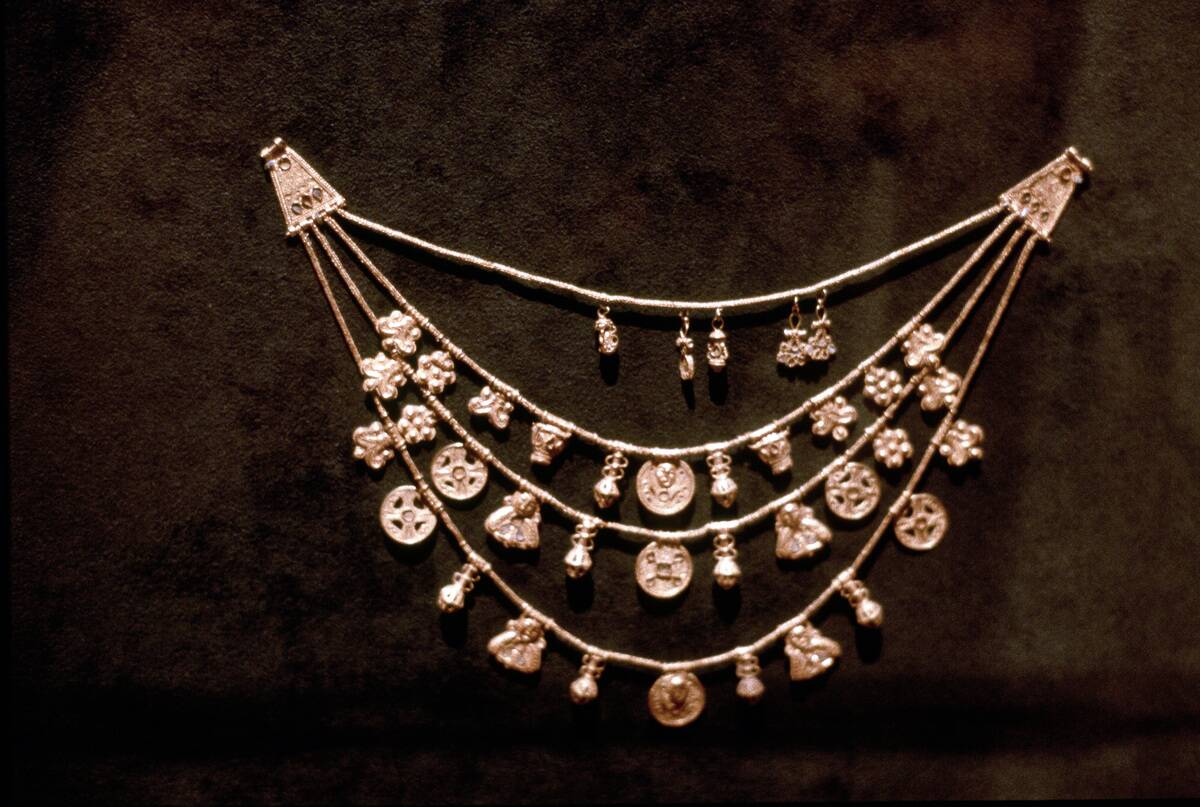
The Phoenicians, established around 2500 BCE, were master mariners and traders, establishing colonies across the Mediterranean, including Carthage. Known for their development of the Phoenician alphabet, a precursor to modern scripts, they revolutionized communication.
Their ships, famed for speed and durability, enabled extensive trade networks, spreading goods and culture. Despite their seafaring prowess, much of Phoenician history is derived from external sources, as their records remain scarce. Their maritime legacy has left an indelible mark on the history of navigation and trade.
The Mysterious Kingdom of Kush: Nubia’s Legacy
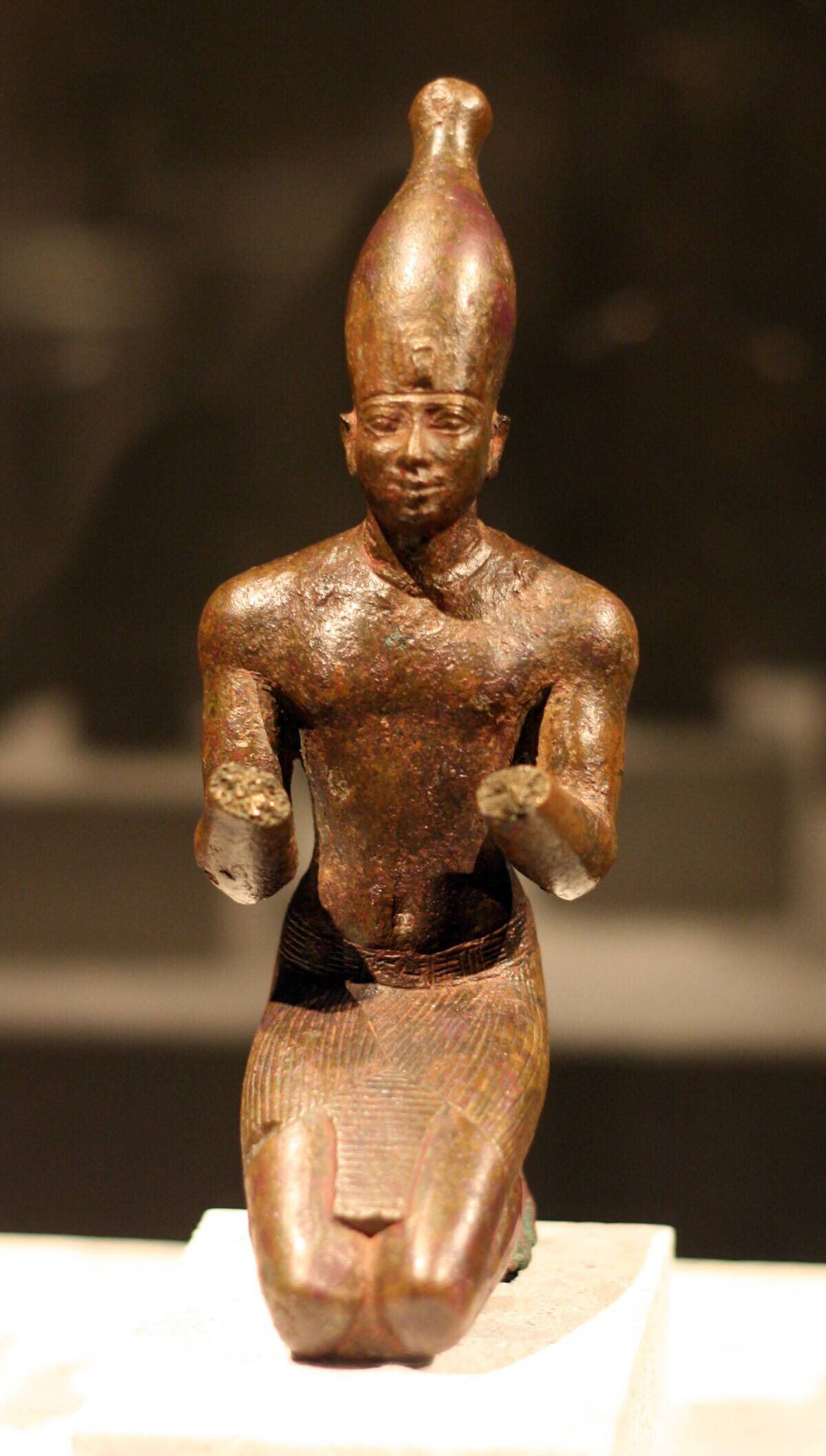
The Kingdom of Kush, nestled in the heart of Nubia, was a powerful civilization that thrived from around 1070 BCE to 350 CE. Known for their impressive pyramids at Meroë, the Kushites were skilled ironworkers, enhancing their military capabilities.
They played a pivotal role in the cultural and political dynamics of ancient Northeast Africa. Kushites ruled Egypt during the 25th Dynasty, preserving and blending cultural elements. Despite their decline, the Kingdom of Kush remains a symbol of Nubia’s enduring influence and resilience.
The Sogdian Traders: The Silk Road’s Unsung Heroes
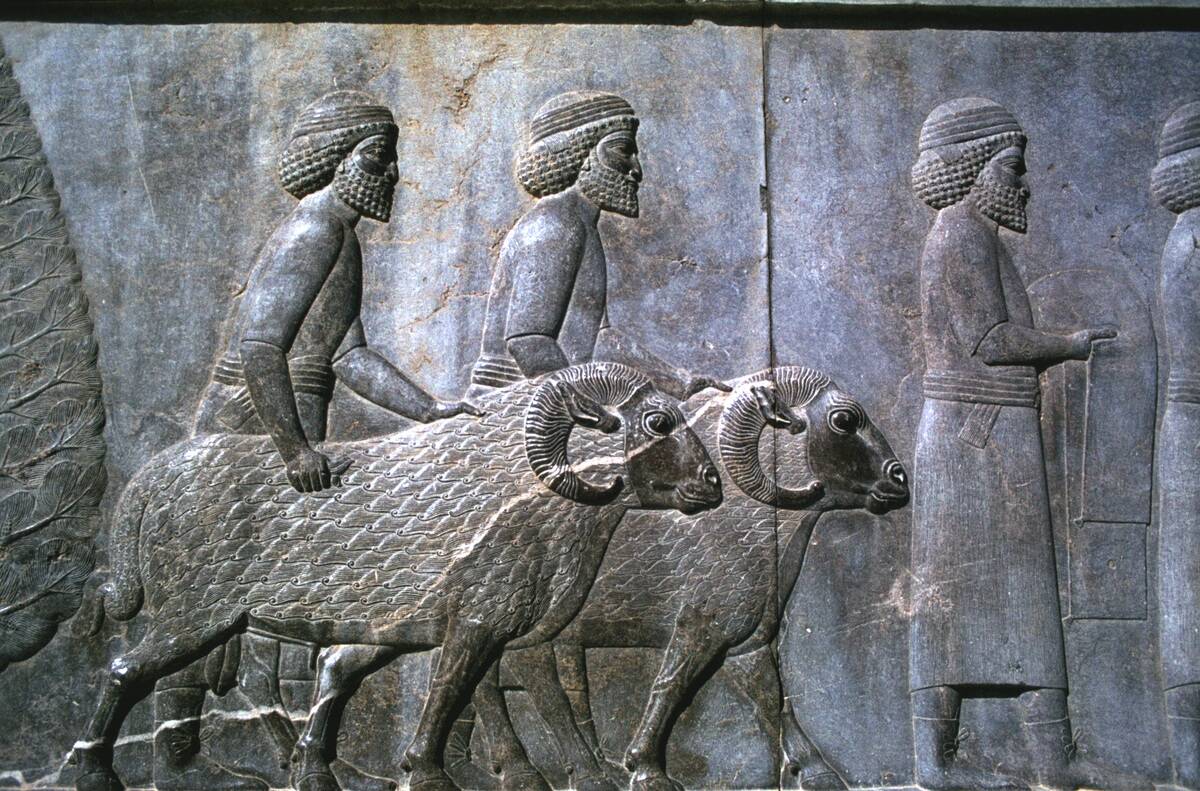
The Sogdians, Central Asia’s master traders, were instrumental in the success of the Silk Road from the 4th to the 8th century CE. Their strategic location allowed them to facilitate trade between China and the West, exchanging silk, spices, and other valuable goods.
Sogdians were also cultural ambassadors, spreading religious and artistic influences along the trade routes. Despite their critical role, much of their history is pieced together from external accounts and archaeological findings. Their legacy endures in the cultural exchanges they fostered across continents.
The Zapotecs: Architects of Monte Albán
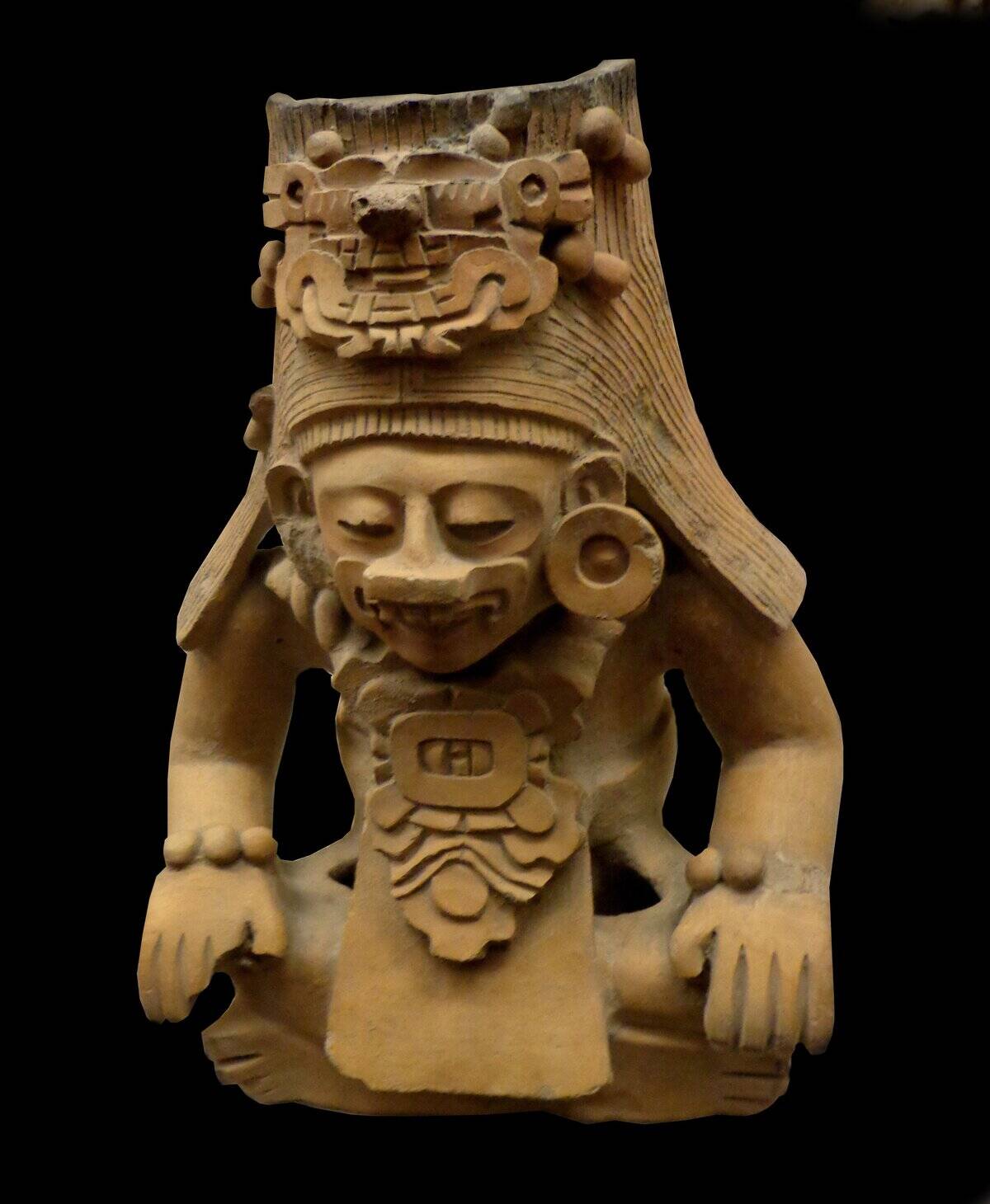
The Zapotec civilization, flourishing in present-day Oaxaca, Mexico, from 700 BCE to 1450 CE, is renowned for constructing Monte Albán, one of the earliest major cities in Mesoamerica. This city, strategically situated atop a mountain, showcases advanced urban planning and architectural ingenuity.
The Zapotecs developed a calendar system and a form of writing, contributing significantly to Mesoamerican culture. Despite their decline, the Zapotec legacy lives on in the region’s cultural practices and linguistic heritage, influencing subsequent civilizations like the Mixtecs.
The Parthians: Rome’s Eastern Adversaries
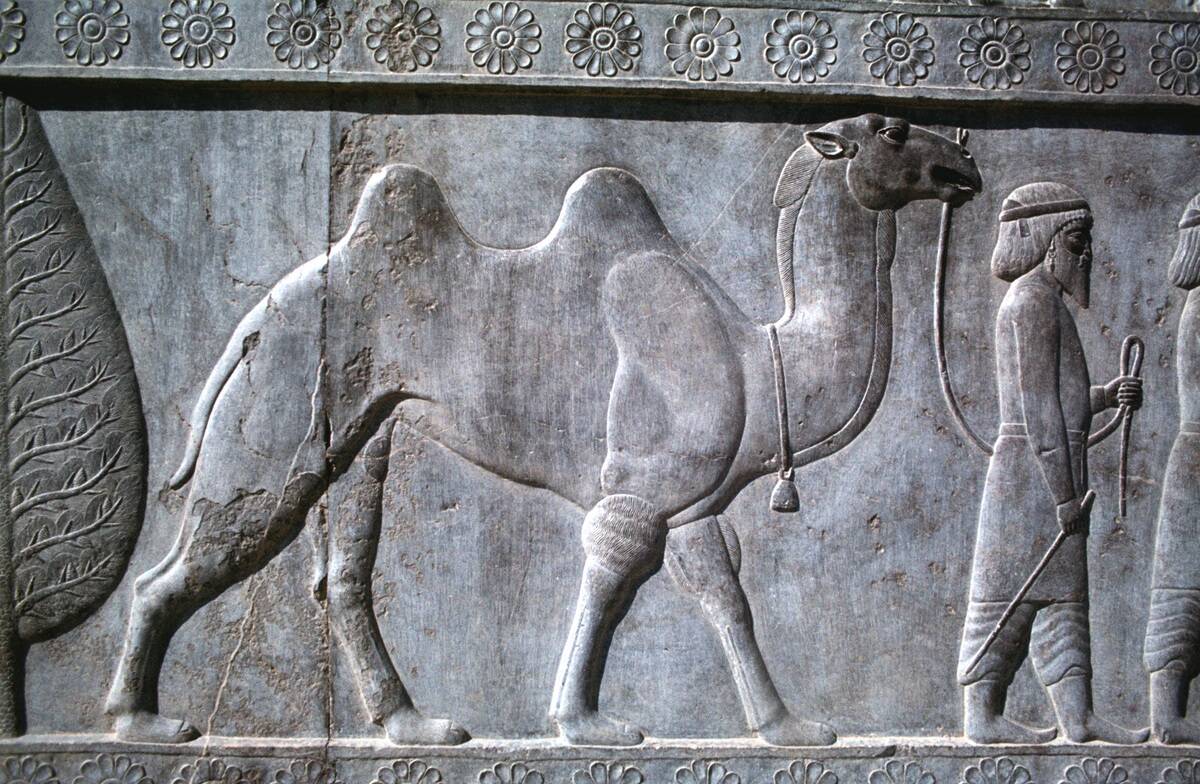
The Parthian Empire, spanning from 247 BCE to 224 CE, was a formidable power that frequently clashed with Rome. Known for their skilled cavalry, particularly the “Parthian shot,” they effectively countered Roman military advances.
The Parthians controlled crucial trade routes, including segments of the Silk Road, enhancing their economic strength. Despite limited written records, their influence is evident in art and architecture, blending Hellenistic and local styles. The Parthians’ resilience against Rome underscores their significance as a major ancient empire.
The Lydians: Inventors of Coinage
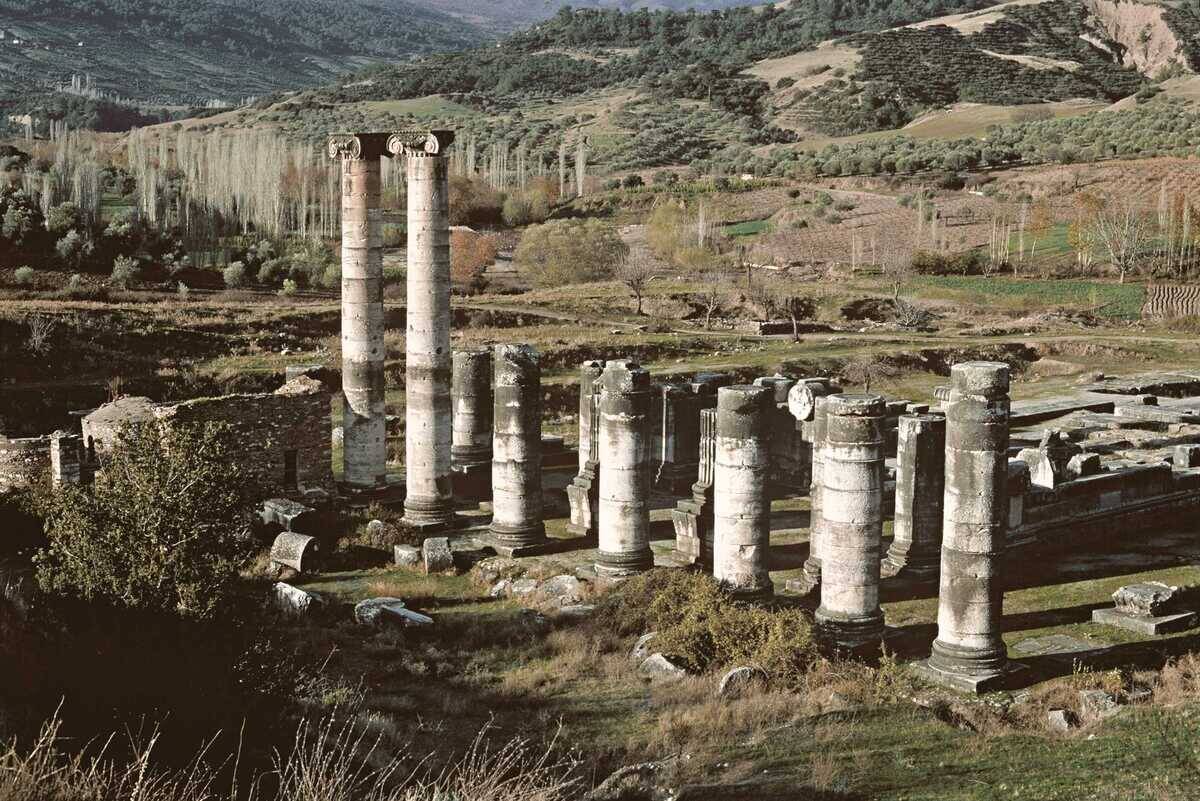
The Lydians, flourishing in western Anatolia around the 7th century BCE, are credited with inventing coinage, revolutionizing economic transactions. Their use of electrum coins, a natural gold-silver alloy, facilitated trade and commerce.
The Lydian Kingdom, under King Croesus, was known for its wealth and luxury. Despite their eventual conquest by the Persians, Lydian innovations in currency had a lasting impact. Their legacy is evident in the widespread adoption of coined money, fundamentally transforming economies and trade practices in the ancient world.
The Muisca Confederation: Colombia’s Golden Civilization
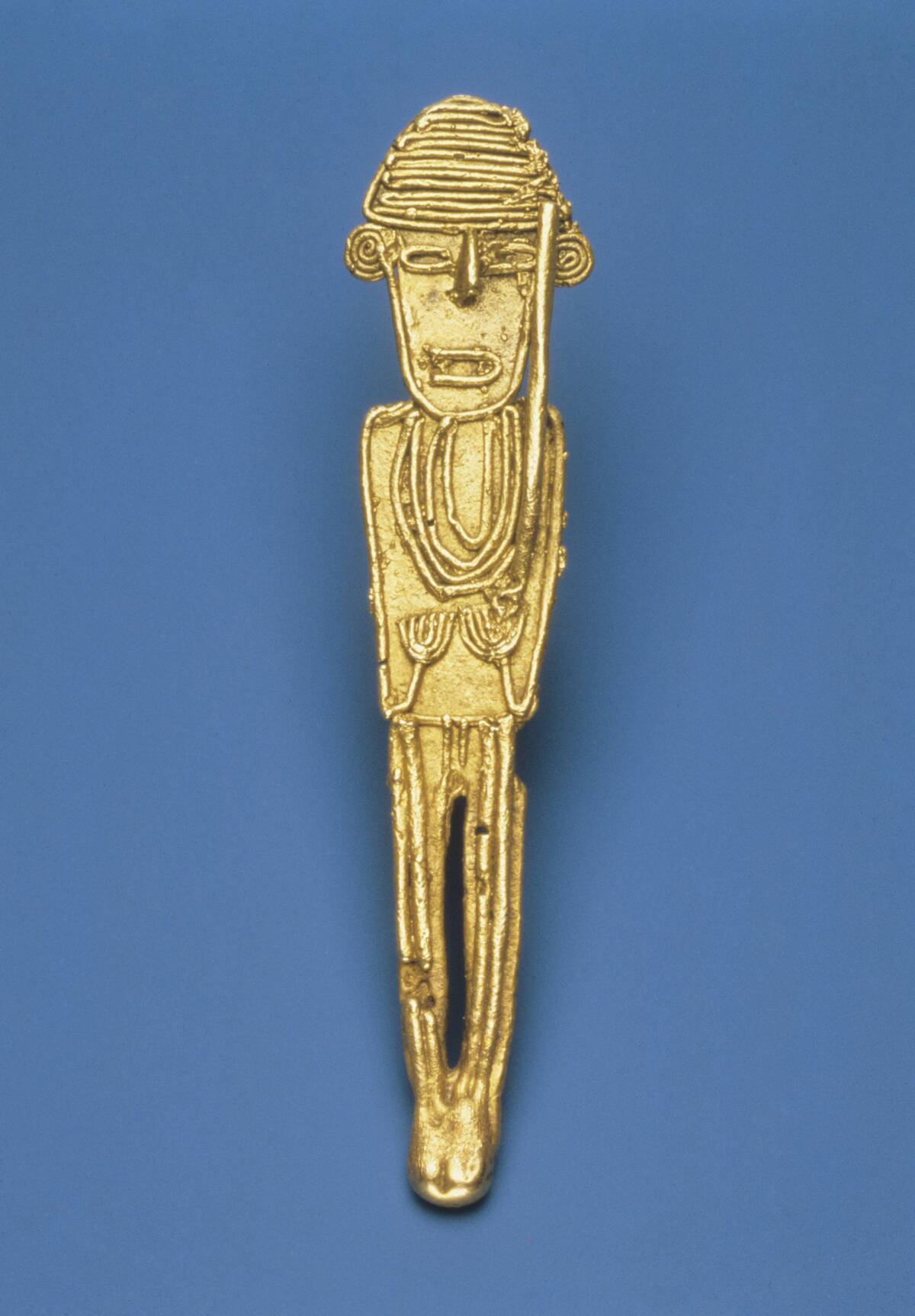
The Muisca Confederation, thriving in present-day Colombia from 600 to 1600 CE, was renowned for its sophisticated society and skilled metallurgy. Famous for their goldwork, the Muisca inspired the legend of El Dorado, a city of gold.
Their economy was based on agriculture and trade, with salt being a valuable commodity. The Muisca developed a complex political system, with powerful rulers known as ‘zipas.’ Despite the Spanish conquest, Muisca culture and traditions continue to influence the cultural landscape of Colombia today.





